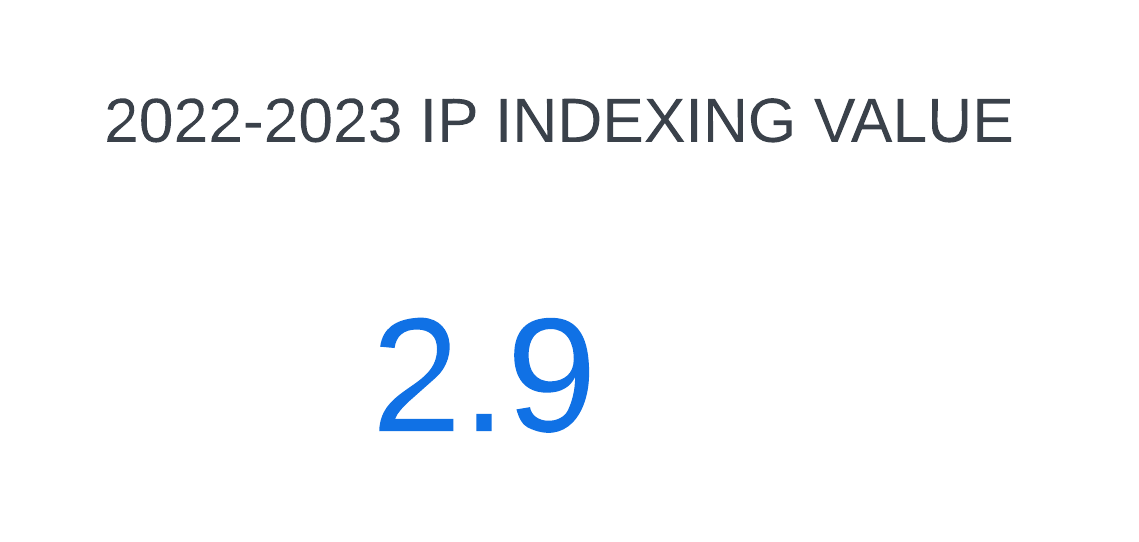IoT Sensor Network Electricity Consumption Behaviour Using ClusterAnalysis Algorithm for Network Environment
DOI:
https://doi.org/10.69996/jsihs.2024016Keywords:
Internet of Things (IoT), Sensor Network, Electricity Consumption, Cluster Analysis Algorithm, Behaviour AnalysisAbstract
The Internet of Things (IoT) sensor network plays a crucial role in monitoring electricity consumption behavior by collecting real-time data from various connected devices. Utilizing cluster analysis algorithms, researchers can effectively segment and analyze consumption patterns within a network environment. By grouping similar usage behaviors, these algorithms reveal insights into energy efficiency, peak usage times, and anomalies in consumption. The paper presents a novel methodology for analyzing and classifying users' electricity consumption behavior, utilizing the Clustering Behavior Analysis Weighted Classification (CBAWC) algorithm. By leveraging cluster analysis techniques and weighted classification, the proposed approach allows for the segmentation of consumers into distinc clusters based on their consumption patterns. Through the application of CBAWC, the study provides insights into the diverse behaviors exhibited by consumers, ranging from moderate to high consumption levels, varied peak hours, and peak days. The classification results demonstrate the effectiveness of the algorithm in accurately assigning users to their respective clusters, enabling stakeholders to better understand consumption trends and tailor energy management strategies accordingly. Through the application of CBAWC, consumers are segmented into distinct clusters based on their consumption patterns. For example, clusters exhibit varying average daily consumption levels, with Cluster 1 consuming around 300 kWh, Cluster 2 consuming approximately 450 kWh, and Cluster 3 consuming about 280 kWh on average. Additionally, clusters display different peak hours per day and peak days per month. The classification results demonstrate the algorithm's effectiveness, with high accuracy scores ranging from 0.86 to 1.00 across different user groups.
References
[1] R. Kaur and D. Gabrijelčič, “Behavior segmentation of electricity consumption patterns: A cluster analytical approach,” Knowledge-Based Systems, vol.251, pp.109236, 2022.
[2] F. Lazzari, G. Mor, J. Cipriano, E. Gabaldon, B. Grillone et al., “User behaviour models to forecast electricity consumption of residential customers based on smart metering data,” Energy Reports, vol.8, pp.3680-3691, 2022.
[3] W. Tang, H. Wang, X.L. Lee and H. T. Yang, “Machine learning approach to uncovering residential energy consumption patterns based on socioeconomic and smart meter data,” Energy, vol. 240, pp.122500, 2022.
[4] W. Yang, J. Shi, S. Li, Z. Song, Z. Zhang et al., “A combined deep learning load forecasting model of single household resident user considering multi-time scale electricity consumption behavior,” Applied Energy, vol.307, pp.118197, 2022.
[5] Y. Wang, M. Jia, N. Gao, L. Von Krannichfeldt, M. Sun et al., “Federated clustering for electricity consumption pattern extraction,” IEEE Transactions on Smart Grid, vol.13, no.3, pp.2425-2439, 2022.
[6] A. Copiaco, Y. Himeur, A. Amira, W. Mansoor, F. Fadli et al., “An innovative deep anomaly detection of building energy consumption using energy time-series images,” Engineering Applications of Artificial Intelligence, vol.119, pp.105775, 2023.
[7] A. Ghofrani, E. Zaidan and A. Abulibdeh, “Simulation and impact analysis of behavioral and socioeconomic dimensions of energy consumption,” Energy, vol.240, pp.122502, 2022.
[8] A. Alsalemi, Y. Himeur, F. Bensaali and A. Amira, “An innovative edge-based internet of energy solution for promoting energy saving in buildings,” Sustainable Cities and Society, vol.78, pp.103571, 2022.
[9] I. Park, J. Lee, D. Lee, C. Lee and W. Y. Chung, “Changes in consumption patterns during the COVID-19 pandemic: Analyzing the revenge spending motivations of different emotional groups,” Journal of Retailing and Consumer Services, vol.65, pp.102874, 2022.
[10] Y. Li, X. Jia, R. Wang, J. Qi, H. Jin et al., “A new oversampling method and improved radial basis function classifier for customer consumption behavior prediction,” Expert Systems with Applications, vol.199, pp.116982, 2022.
[11] P. Ebrahimi, M. Basirat, A. Yousefi, M. Nekmahmud, A. Gholampour et al., “Social networks marketing and consumer purchase behavior: the combination of SEM and unsupervised machine learning approaches,” Big Data and Cognitive Computing, vol.6, no.2, pp.35, 2022.
[12] P. M. Oliveira, J. Guerreiro and P. Rita, “Neuroscience research in consumer behavior: A review and future research agenda,” International Journal of Consumer Studies, vol.46, no.5, pp.2041-2067, 2022.
[13] R. V. Klyuev, I. D. Morgoev, A. D. Morgoeva, O. A. Gavrina, N. V. Martyushev et al., “Methods of forecasting electric energy consumption: A literature review,” Energies, vol.15, no.23, pp.8919, 2022.
[14] N. Al Khafaf, A.A. Rezaei, A. M. Amani, M. Jalili, B. McGrath et al., “Impact of battery storage on residential energy consumption: An Australian case study based on smart meter data,” Renewable Energy, vol.182, pp.390-400, 2022.
[15] G. J. Oyewole and G. A. Thopil, “Data clustering: application and trends,” Artificial Intelligence Review, vol.56, no.7, pp.6439-6475, 2023.
[16] S. H. Liao, R. Widowati and C. J. Cheng, “Investigating Taiwan Instagram users’ behaviors for social media and social commerce development,” Entertainment Computing, vol.40, pp.100461, 2022.
[17] E. S. Dalmaijer, C. L. Nord and D. E. Astle, “Statistical power for cluster analysis,” BMC bioinformatics, vol.23, no.1, pp.205, 2022.
[18] S. Murugan, S. Assi, A. Alatrany, M. Jayabalan, P. Liatsis et al., “Consumer behavior prediction during Covid-19 pandemic conditions using sentiment analytics,” In The International Conference on Data Science and Emerging Technologies, pp. 209-221, 2022.
[19] P. Ajay and R. Huang, “Wearable Sensor Data for Classification and Analysis of Functional Fitness Exercises Using Unsupervised Deep Learning Methodologies,” Security and Communication Networks, vol.2022, 2022.
Downloads
Published
Issue
Section
License
Copyright (c) 2024 Journal of Sensors, IoT & Health Sciences (JSIHS,ISSN: 2584-2560)

This work is licensed under a Creative Commons Attribution-NonCommercial 4.0 International License.
Fringe Global Scientific Press publishes all the papers under a Creative Commons Attribution-Non-Commercial 4.0 International (CC BY-NC 4.0) (https://creativecommons.org/licenses/by-nc/4.0/) license. Authors have the liberty to replicate and distribute their work. Authors have the ability to use either the whole or a portion of their piece in compilations or other publications that include their own work. Please see the licensing terms for more information on reusing the work.


